Many magicians have passed through Las Vegas since its inception somewhere around the early 1940s: David Copperfield, Penn and Teller, Criss Angel. But possibly its most renowned, yet least acclaimed, trickster was a woman named Gloria Dea.
Dea performed traditional magic — the sleight of hand stuff — but she had a specialty in billiard ball manipulation, tossing the balls so that they seem to multiply and then disappear. A prodigy, you could say — and one of the first magicians, let alone a female one, to set foot on the Strip. In 1941, Dea, who was born Gloria Metzner in Oakland, California, appeared at the Round-Up Room at the El Rancho Vegas. She was not yet twenty years old. Dea lasted a year before Hollywood recruited her into D-movies. She appeared in a few arcane flicks until Ed Wood’s Plan 9 From Outer Space in 1957, regarded as the worst movie ever made. Dea remade herself as a car salesperson and moved back to Vegas. She died in relative but somewhat revived notoriety last March, having reached her centenary in a care home just outside the city. “Magic should be about taking audiences on journeys,” said Copperfield, who helped reveal Dea’s legend to the world, in the Las Vegas Review-Journal. “This whole journey of discovering Gloria, this hidden treasure, has been wondrous, thrilling and very gratifying.”
The mystery novelist James Patterson is something of a Gloria Dea. But after about forty years in the biz, 200 mystery novels and twenty-one non-fiction books, his sleeve tricks are beginning to show. The latest, What Really Happens in Vegas, is more of an Evel Knievel routine than a smooth landing.
Patterson’s new book was co-authored, or mostly authored, by veteran journalist Mark Seal, who previously wrote about Steve and Elaine Wynn of the city’s ruling family. Overall it’s acceptable enough, like a snack at the airport bookstore where the book will likely sell most of its copies before long flights. There is definitely more to Las Vegas than meets the eye — and even What Really Happens in Vegas has surprises — but don’t expect this book to satiate or even tide you over, for that was never its intent. Like the Strip’s high rollers, the authors aim to make some quick money and then get out, lest they lose themselves.
We begin by examining the Bellagio Hotel fountains, which take hundreds of men, called “the oarsmen,” to maintain daily, though they seem to gyrate and dance organically. To Patterson and Seal, the Bellagio’s music system, which plays a rotating cast of songs including Frank Sinatra’s “Luck Be a Lady” and Andrea Bocelli’s “Con Te Partiro,” serves as the perfect metaphor for the city. The fountains operate thanks to Wynn, the whiz-kid son of a bingo hall owner come West. He and his ex-wife really run Las Vegas these days.
The book continues at the Harry Reid International Airport, the city’s portal. Not much is mentioned about Reid the former senator, the son of a miner and boxer-turned-lawyer who helped transform American social welfare in a working-class town that’s nearly 33 percent Hispanic, 12 percent black and 7 percent Asian, as well as the largest populations of undocumented immigrants in the country and the eighth-highest rate of homelessness. But the airport named for him gets fair play with its slots and its razzle-dazzle designed to prepare visitors.
Next we join Bocelli’s daughter, Virginia, on a journey to the Big Apple (roller) Coaster at the New York-New York Hotel. Virginia loves the rollercoaster and will ride it ten or so times until she performs with her father later that evening for thousands at the MGM Grand’s Garden Arena. Andrea Bocelli, a native of Tuscany, has come to adore Vegas: “On impulse I would say that I have known it forever, because that is precisely my perception of Las Vegas: a place that is now so much a part of my life that I could not pinpoint its first approach.” He even feels the bright lights and high energy the moment he lands, Seal writes.
We go on to meet more of the city’s characters: a mayor who sees a Great Depression-era courthouse as something bigger, in fact — a mob museum; a girl from northern California who comes to Vegas to attend nursing school but earns so much money as a drinks server (especially after breast augmentation surgery) that she decided to open her own health clinic one day; a European chef and restaurateur who is lured to Nevada by a shopping mall developer after millions of dollars and prime seats at boxing events are procured. The celebrity chef, Wolfgang Puck, tried his hand at boxing as a young man growing up in Austria. Even Bocelli’s daughter’s driver Raymond Torres is not exempt from this rapture. A troubled youth who grew up in the LA poverty, Torres, who grew a large business selling drugs in Las Vegas, was caught in 1995 fencing stolen goods: paintings by Salvador Dalí, Auguste Renoir and Henri Matisse owned by the entertainer Wayne Newton. Torres, who is part of a chauffeuring group called the Untouchables with access to dozens of luxury cars, has written his own book. “Everybody becomes their true selves in Las Vegas,” Torres says in the book. He sees it happening every day in his rear-view mirror.
The lists and the stories of Vegas reincarnations go on and on — all twenty or so chapters of them. Most of the people described start out as regular folk and presto!, they have an inkling, go to Sin City and make their lives happen, at least according to Patterson and Seal. Except behind all the word-churning motion sickness is an industry supported by another industry that keeps the Wynns, the Adelsons, the Maloofs and now the Pattersons and the Seals living well: the business of selling the Vegas dream. Patterson, seventy-three, and now the foreman of the book empire rather than the boots on the ground, makes no attempt to defy the cliché. As the commercial copywriter he was before he entered the world of fiction, he wants to give the masses the Vegas they seek.
“Las Vegas is a place about which people have ideas,” wrote Amanda Fortini in a 2020 article for Believer. In her piece, she attempted to convince the skeptical that culturally sophisticated, unhackneyed, pioneering people and places do exist in the Las Vegas area, such as “City,” a vast desert art sculpture Michael Heizer started in 1970 now open about three hours away, or the new Sphere, a colossal, 18,600-seat, 4D auditorium with a 16,000-pixel wraparound interior LED screen and speakers with directional signal and wave field synthesis technologies. Even the Las Vegas Neon Museum has more originality and authenticity. Neon, a French invention, became the city’s most iconic art form.
Yet as Fortini wrote in Believer, “all these received narratives, these Vegas hand-me-downs, get recycled by the journalists who parachute in and out of here. These writers (who, it’s worth noting, are almost always male) swoop in for a day or two or four, steep themselves in authority and gin at a casino bar, and deliver their pronouncements on the very essence of this ‘wild and crazy’ place.” Fortini points out that the Strip, that 4.2-mile neon stretch of “an artificial, sealed-off capsule where (tourists) remain for the duration of their visit,” is actually next door to its functioning metropolis: Paradise, Nevada.
So instead of the fun, truly entertaining gems of Vegas, Patterson and Seal’s readers are left with the tales of people like Jesse Garon Presley, the “king of all the king’s men… the first impersonator to ever receive the key to the city of Las Vegas” (Jesse Garron being the stillborn brother of Elvis, except his impersonator originally dropped an “r” off his middle name “not to jinx myself”). And Charolette Richards, who took the concept of the instant wedding and made an industry of it through her famous Little White Wedding Chapel.
But things in Vegas are never as they seem, not even the people. They are recreations. Maybe this is Patterson’s point of writing What Really Happens in Vegas: someone can go to a settlement in the desert and build a new business and persona not remotely close to reality. Last fall, Garon Presley decided to revise his name to become a closer version of Elvis by adding that extra “r.” He is now Jesse Garron, and his website and all his social media reflect that change. Meanwhile, Charolette Richards, who when the book was written was approaching her mid-nineties and could hardly remember all the people she has married — including Bruce Willis and Demi Moore, and Ben Affleck and Jennifer Lopez — sold her wedding chapel in 2022 (Richards died last month). But visitors would never know: the pink-Cadillac Vegas wedding venue where the man now known as Jesse Garron officiates is everlasting. At least for the moment.
Gloria Dea, the original Vegas magician, eventually married, settled down and gave up the ghost. She was rediscovered only because she sold every costume she had to every vintage store in Vegas. Sadly, What Really Happens in Vegas doesn’t tell the stories of the authentic people that built the city. As Fortini says, “Literature should portray, raise questions, and perhaps come to some conclusions about existence, which nobody ever seeks through Las Vegas. People come to Las Vegas looking for their idea of Las Vegas; they don’t come here looking for life.”



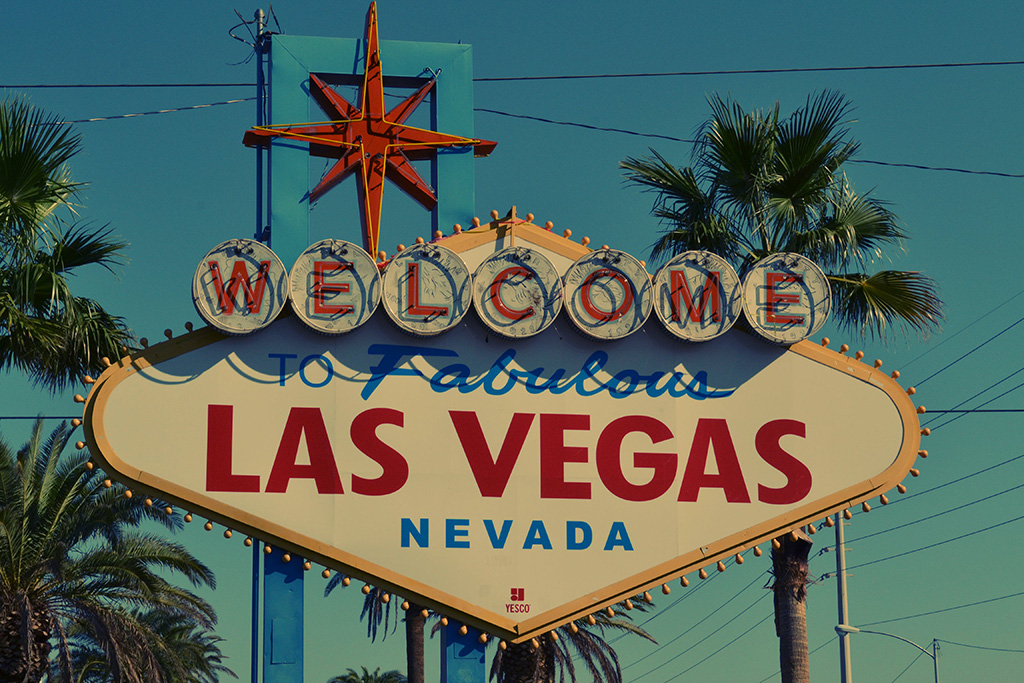



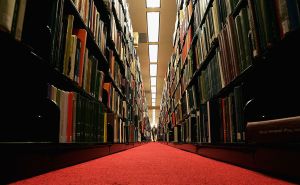

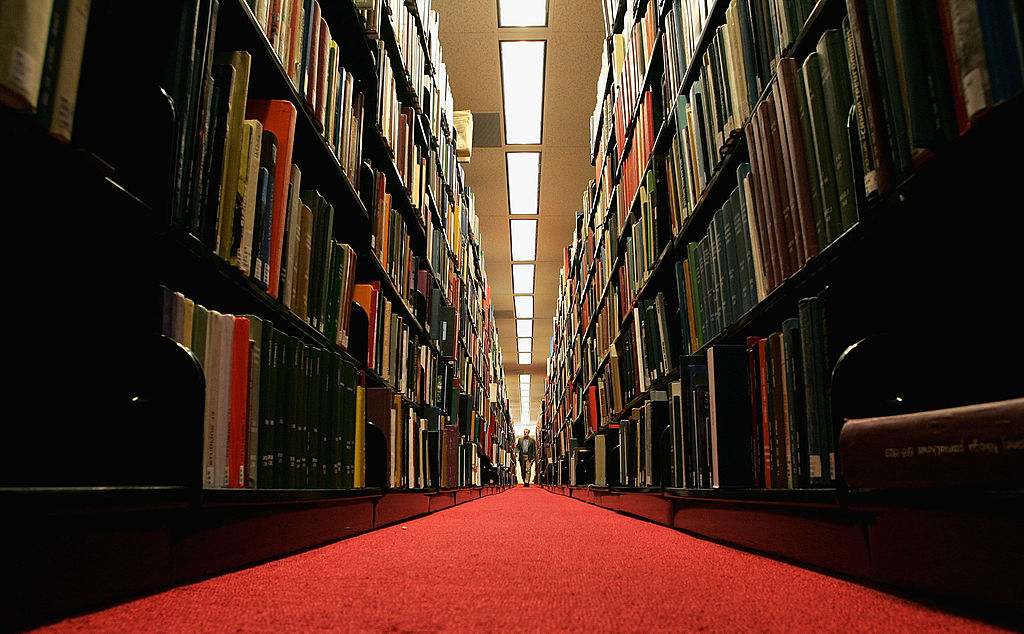

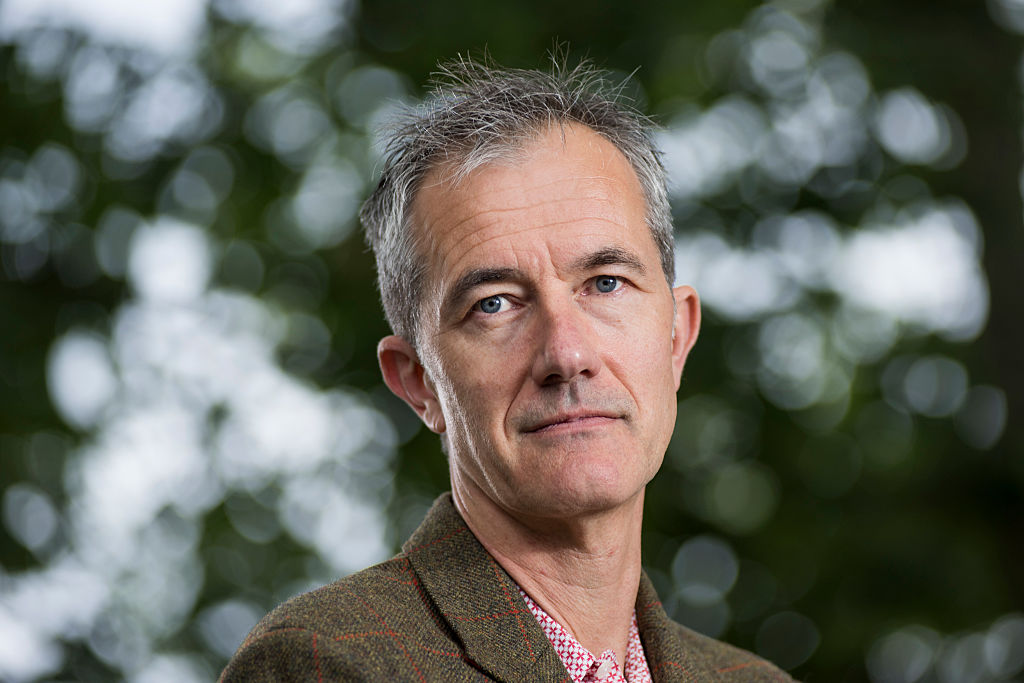
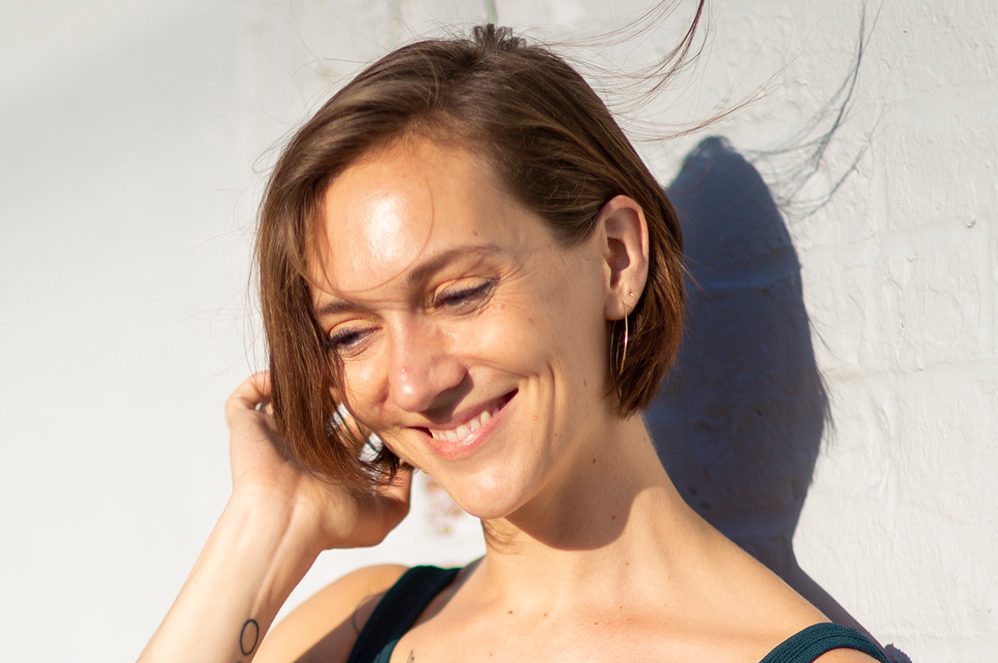

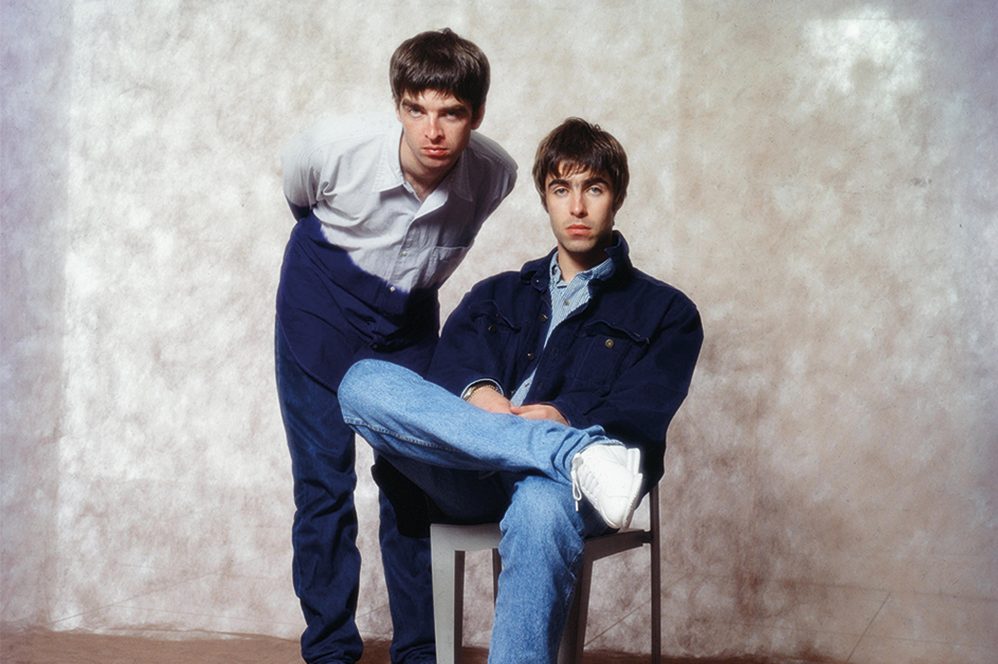







Leave a Reply